Description
nawurapu wununmurra-dec
Etching
40 x 40cm Paper: BFK RIVES 56 x 66cm
Year: 2016
ID: 269-16
Wurran 75C
A sacred expanse of water behind the Gäṉgaṉ outstation is referred to as Gulutji. The initial activities of Barama the great Ancestral Being for the Yirritja moiety took place here. From travelling from the seaside at Blue Mud Bay he emerged from the waters of Gulutji. Council was held with ‘Disciple’ Ancestors and Yirritja Law was ‘written’. From this place the Yirritja (equal side or moiety of a duality) nation spread as it traversed its country establishing clan estates and governing policy including language, ceremonial ritual and miny’tji (signature of sacred design of event and place).
The varying states and movement of sacred water is pivotal to Yolŋu philosophies. The journey of freshwater down river to meet the salt, the tidal ebb and flow, the rough and the calm are the basis or rhythm of sacred manikay (ritual song). The fields of diamond design represent the sacred qualities of the freshwater of Gäṉgaṉ. This design belongs only to the Dhalwŋu clan. Barama (often shown as Minhala- the long necked freshwater tortoise) came from the saltwater, that capacity coming up through the freshwater. Gany’tjurr the Reef heron is an archetype of the Yirritja spear hunter who can be found in fresh or salt environs. Dhakawa the ancestral freshwater crayfish uses its gigantic tail to keep the entrance to the font from which Barama emerged clear of any obstacle. The powers within the water has both entered the Diltji or bone and comes from it. This diamond design was imprinted at the moment the sanctified waters imbued with sacred silt streamed down the sunlit chest of Barama as he emerged.
Wurran the diver duck or the freshwater Darter is one of the ‘disciples’ of Barama. This ancestral totem for the Dhalwaŋu clan travelled over Dhalwaŋu estates following the sacred freshwaters affected by the original creators. A design such as this would mirror the spiritual journey of a deceased’s soul who had Dhalwaŋu freshwater kinship between Gangan and Gapuwiyak.
Wurran is seen as a metaphor for an agent in death therefore also of life. From the sacred waters of Gängan, Baypiṉŋa the saratoga are taken by Wurran who picks the bones clean. In traditional Yolŋu society the last rites of mortuary that have the soul returned for rebirth can only be assumed when the bones have been cleansed of any tissue. This is an honored role for the child, mother or mother’s mother kinship relations of a deceased. The Baypiŋa are normally cooked in a termite mound ground oven (Gundirr) with sheets of paperbark to trap the heat. This is also a metaphor for the initial shallow burial prior to bone cleansing that a deceased Yolŋu person undergoes prior to the placement of the bones in a Larrakitj hollow log coffin.
Printed June 2015
FMP 75C

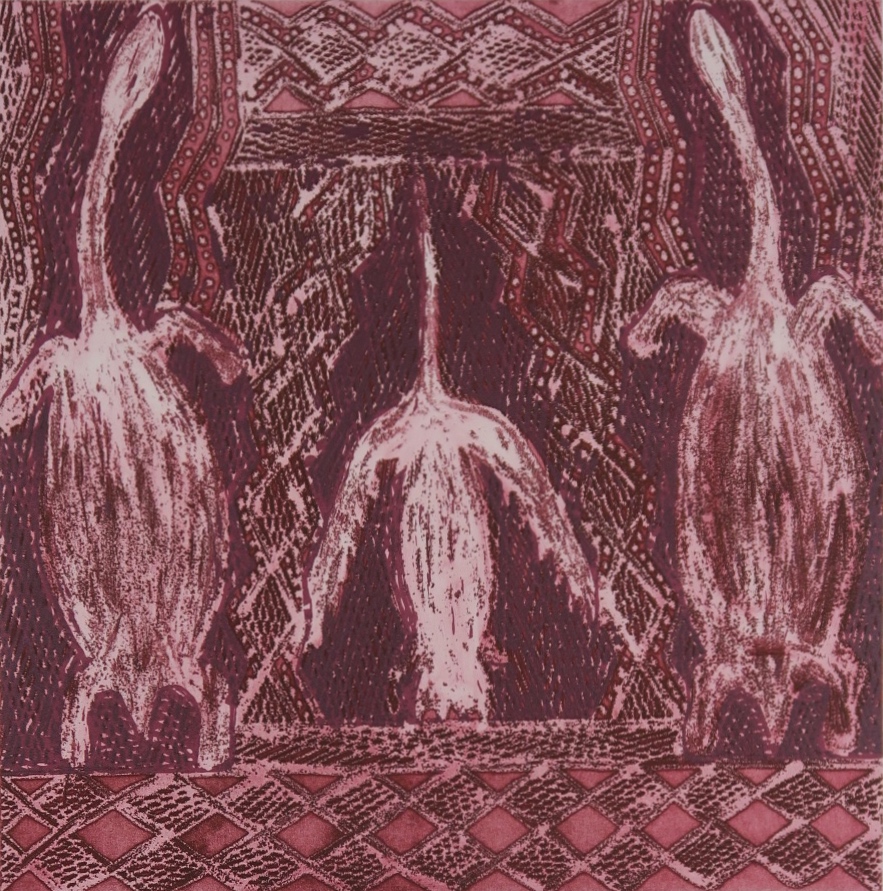
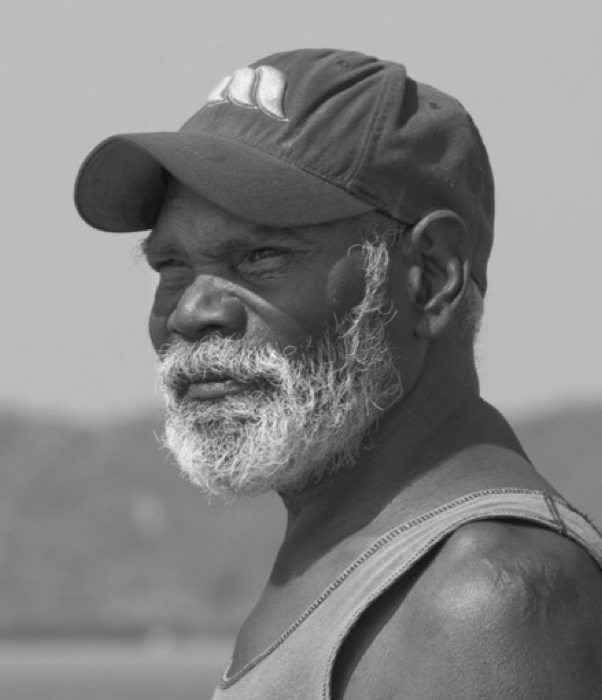
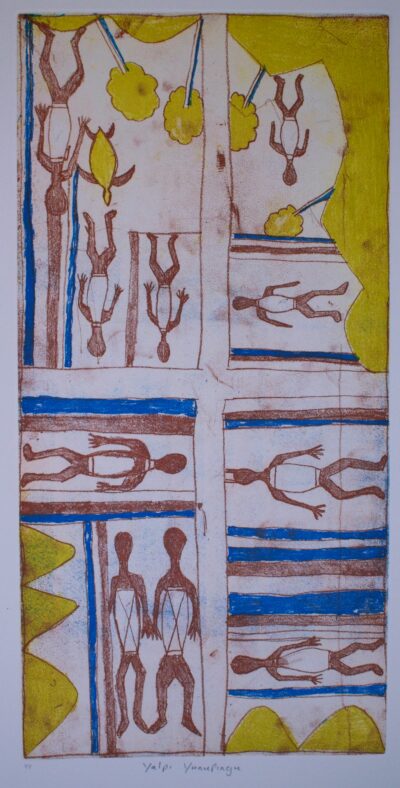
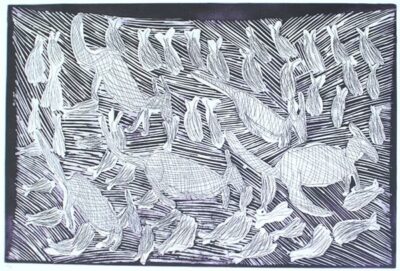
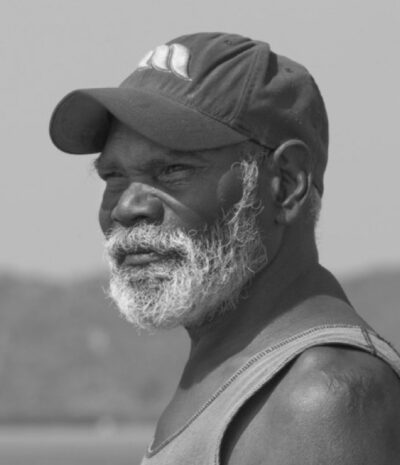
Reviews
There are no reviews yet.